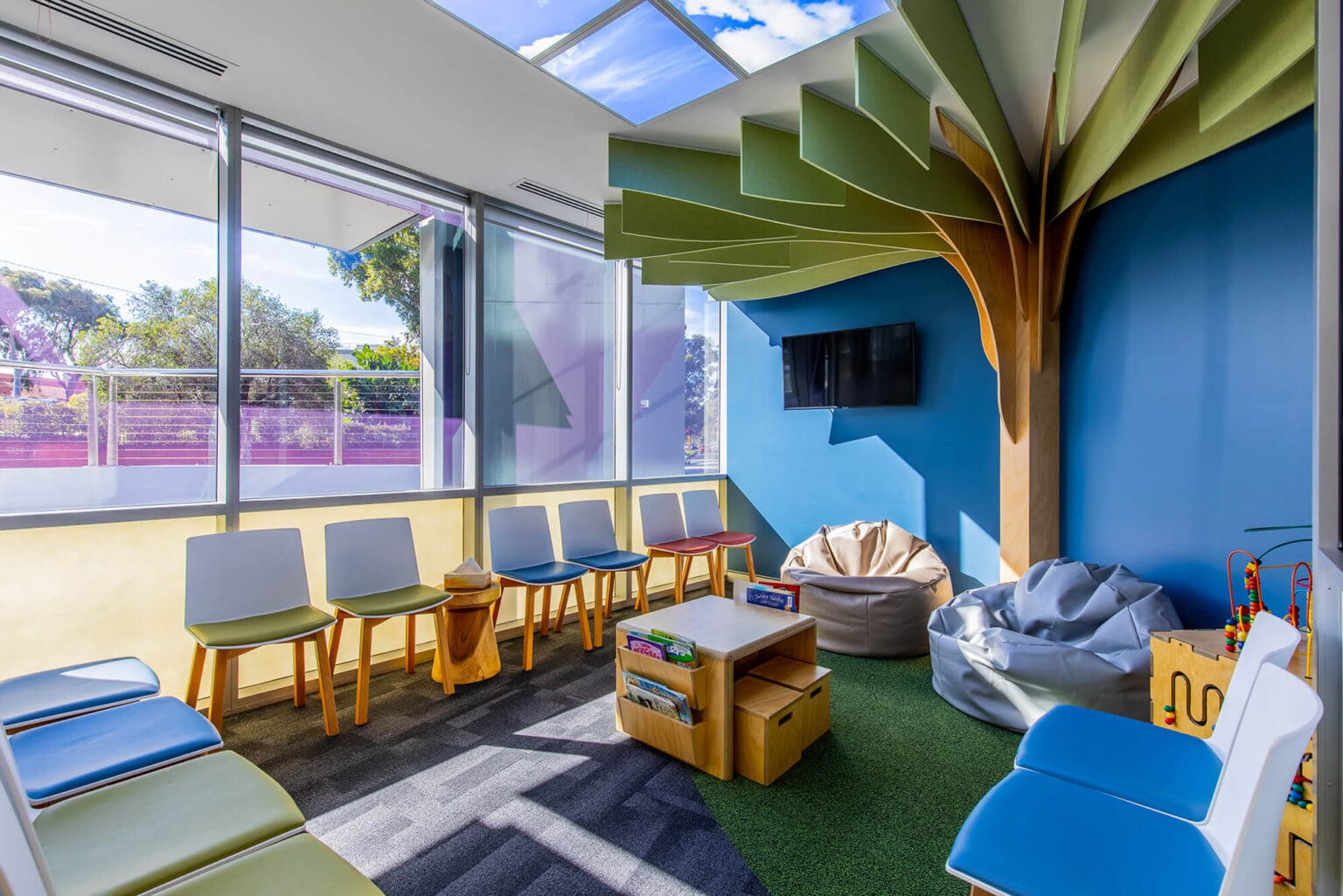There are many sounds specific to medical and healthcare environments. These range from patient/ doctor interactions, equipment functions and visitor conversations just to name a few.
While these noises correlate with beneficial activities, noise transfer in medical and healthcare facilities is an unwanted side effect and an issue commonly overlooked during the planning and development phase of a medical practice design project. Retrofitting this critical function later in the project however is complex and expensive, so integrating an acoustic management plan early on is strongly recommended.
Why you should care about acoustics management
Considered acoustic integration supports patient privacy, improves concentration and accuracy, and reduces stress for all users of a healthcare space; an environment which is already pressurised by nature.
Speech privacy facilitates open conversations among patients, family members, staff and the multitude of other stakeholders using the space. If patients are not assured of complete privacy, they may hesitate to comprehensively outline their medical conditions and/or concerns, potentially putting their health at greater risk.
Privacy is not the only consideration. In an age where the user experience is becoming as equally important to the product offered, providing clients with a superior environment which obviously considers all their needs is paramount.
How is noise transferred in medical facilities?
Noise generally travels from space to space via one or more of the following:
- Passing through doors and gaps between doors and frames;
- Passing through uninsulated walls;
- Reverberating off hard surfaces like glass and flooring;
- Passing through poorly insulated ceilings and gaps above walls; and
- Circulating within substandard design spatial layouts.
More than most other environments, medical and healthcare facilities must have strategies to offset each of these avenues to protect the interests and improve the experience of all patients and staff using the space.
What you can do to improve your practice acoustics
Interite is a specialist designer of medical facilities across Australia. Our experience delivering hundreds of healthcare projects has identified the importance of acoustic attenuation in achieving a successful result. To this end, Interite Healthcare Interiors recommends the following techniques as ways to reduce noise transfer:
- Masking: Diminishes the presence of sound like white noise;
- Damping: Creating a barrier between spaces;
- Absorbing: Using techniques and materials like sound absorbing ceiling tiles, furniture and acoustic feature panels fixed to walls and ceilings; and
- Diffusing: Diminishing reverberated sound as it moves.
Interite offers a range of Acoustics Management packages to simplify the process of reducing noise transfer within your healthcare facility.
